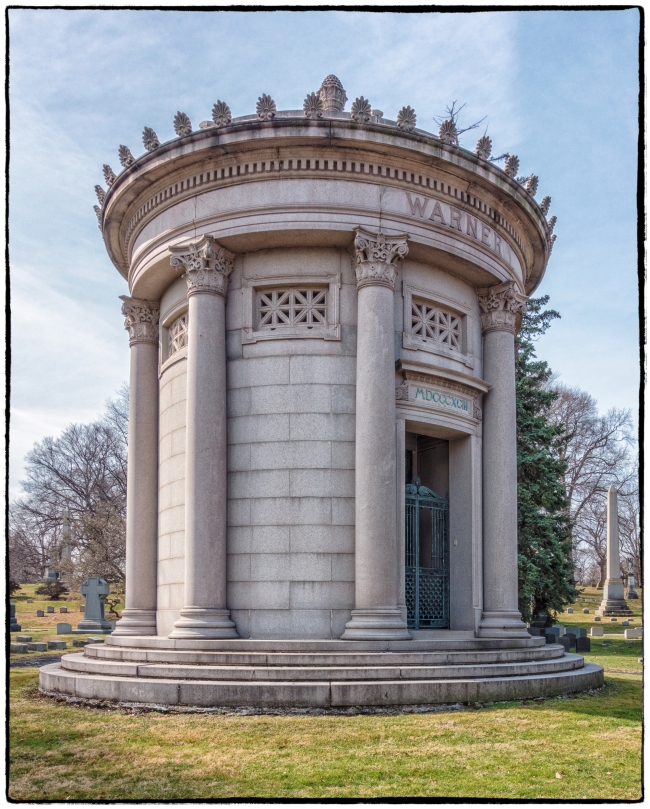According to Keister:
It’s unclear how much actual doctoring Dr. Lucien C. Warner engaged in. What is clear is that along with his brother, I. DeVer Warner, he bolstered the lot of women at the turn of the century. Well, sort of. During Victorian times, fashionable women were literally tied into restrictive corsets. Besides the bodily harm that resulted from these unnatural strictures, the corsets were said to make women excited in socially unacceptable ways. Enter the Warner brothers. In the ate nineteenth century, the brothers introduced Dr. Warner’s Sanitary Corset (later changed to Dr. Warner’s Health Corset). They opened up a small shop in New Haven, Connecticut, and employed women to hawk their product door-to-door (Lucien Warner had already used the door-to-door method to sell medical books). The brothers soon found that the way to make significant money was to sell their corsets to retailers in bulk. Sales soared. What helped sell the brothers’ corsets was that they replaced the rigid materials such as whalebone used in other company’s corsets with more flexible and even elastic fibers. Women were overjoyed. The company continued to prosper and still exists today. In addition to the Warner’s brand, the company, no known as Warnaco, also owns the brands Calvin Klein, Speedo, Chaps, and Olga. Lucien Warner also owned the Warner Chemical Co. Reposing in the mausoleum alongside Lucien Warner is his wife, Keren Osborne Warner, who died in 1933.
The Warner Mausoleum was designed by architect R.H. Robertson in 1888, with additional work done by William Angus, Inc., in 1915. This substantial circular mausoleum is ringed with engaged repeating Corinthian columns. Multiple decorative acroterium circle the top of the termination of its sloped roofline, and a prominent pinecone finial tops the elegant ensemble. The bronze entry door, fabricated by Gorham Bronze in 1915 was designed by architect Cass Gilbert. The mausoleum originally contained a mosaic designed by Tiffany Studios, but it was removed in 1915. The Warner Mausoleum was featured in an 1899 issue of The Inland Architect and News Record.

